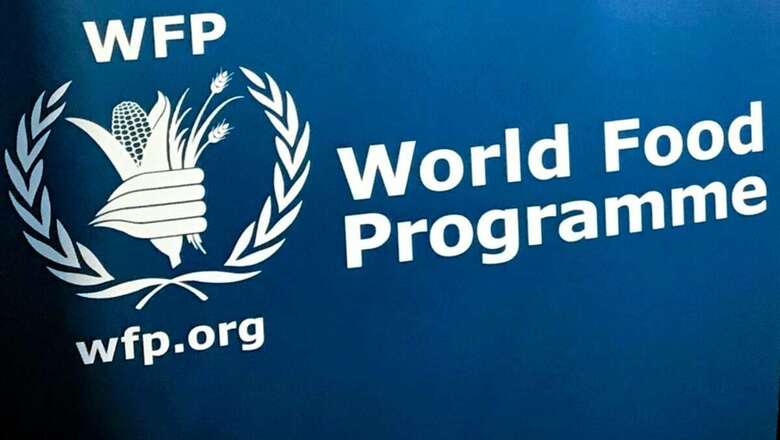
views
Beating individuals like Greta Thunberg and Jacinda Arden, United Nations’ World Food Programme (WFP) became the winner of Nobel Peace Prize 2020. But what is WFP and why did they deserve to win this prestigious award? Here’s everything you need to know about the programme that made the world a little better place.
What is World Food Programme?
The opening line of Nobel organisation’s press release for the award reads, “The need for international solidarity and multilateral cooperation is more conspicuous than ever.”
Given that in mind, WFP really suits the description. The World Food Programme is the ‘world’s largest humanitarian organisation’ and a part of the United Nations. The main goal of this international body is addressing hunger crises and promoting global food security.
It was established in 1961 with a goal to fight and ultimately end world hunger. The headquarters of WFP is in Rome, Italy. They aim to help at least 15% of the world population facing hunger and starvation. It has a governing board of 36-executive members. They are associated with FAO or the Food and Agriculture Organisation as well as and the International Fund for Agricultural Development (IFAD). They are also UN undertakings.
What does World Food Programme do?
Hunger is a universal crisis. It is not limited within boundaries. However, since our world is divided into boundaries, WFP aims to cross every fictional line created by humans and help everyone in need.
They work in areas affected by natural or human-made disasters all across the globe. Their job is to collect and transport food supplies in affected areas. They accept any contribution that people make in cash or commodity or even volunteering services – anything to help achieve their mission. They accept both government or private donations.
They have two major programmes:
1. Food for Growth – for vulnerable groups including pregnant women, children, elderly, etc
2. Food for Work – promoting self-reliance to targeted labour groups who are in need of nutrition
As per their website, 690 million people go to bed on an empty stomach on a global level. Out of this very large and disturbing number, the WFP has helped at least 97 million people in approximately 88 countries, as of 2019.
The WFP says, “Eradicating hunger and malnutrition is one of the great challenges of our time.” However they have a goal of ‘zero hunger’ – a pledge in which they aim to end hunger, achieve food security, improve nutrition and promote sustainable agriculture. They hope to have this goal fulfilled by 2030.
According to the WFP, they have 5,600 trucks, 30 ships and nearly 100 planes delivering food and assistance throughout the globe every day.
Apart from natural disasters, they also focus on war and conflict zones that leaves thousands homeless and resource-less. The WFP claims their volunteers are first to reach victims of war, drought, civil conflict, earthquakes, floods, hurricanes, crop failures and natural disasters with food assistance.
Read all the Latest News and Breaking News here




















Comments
0 comment